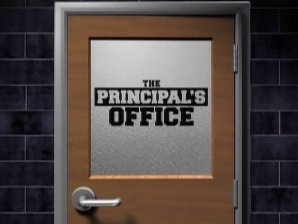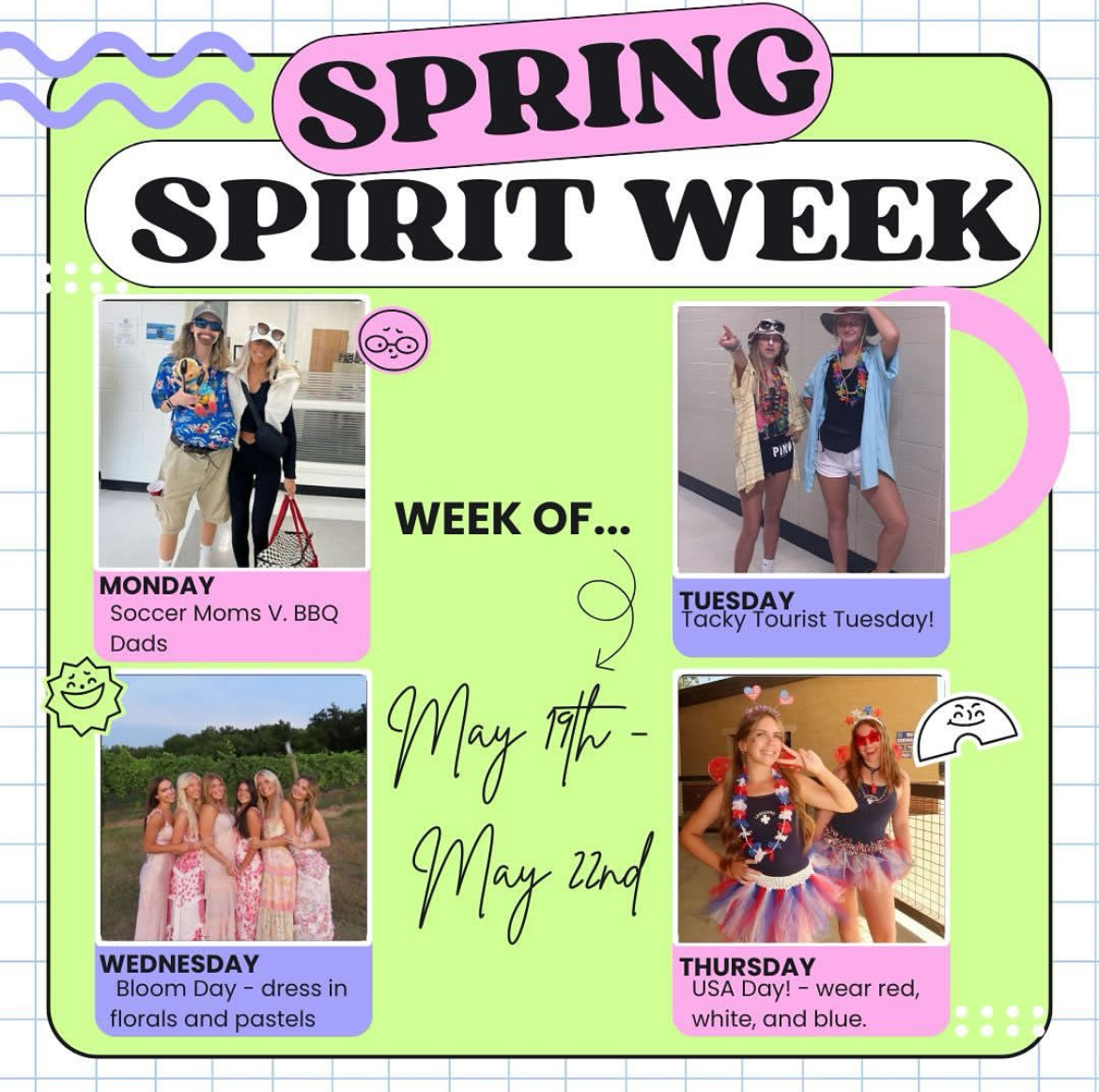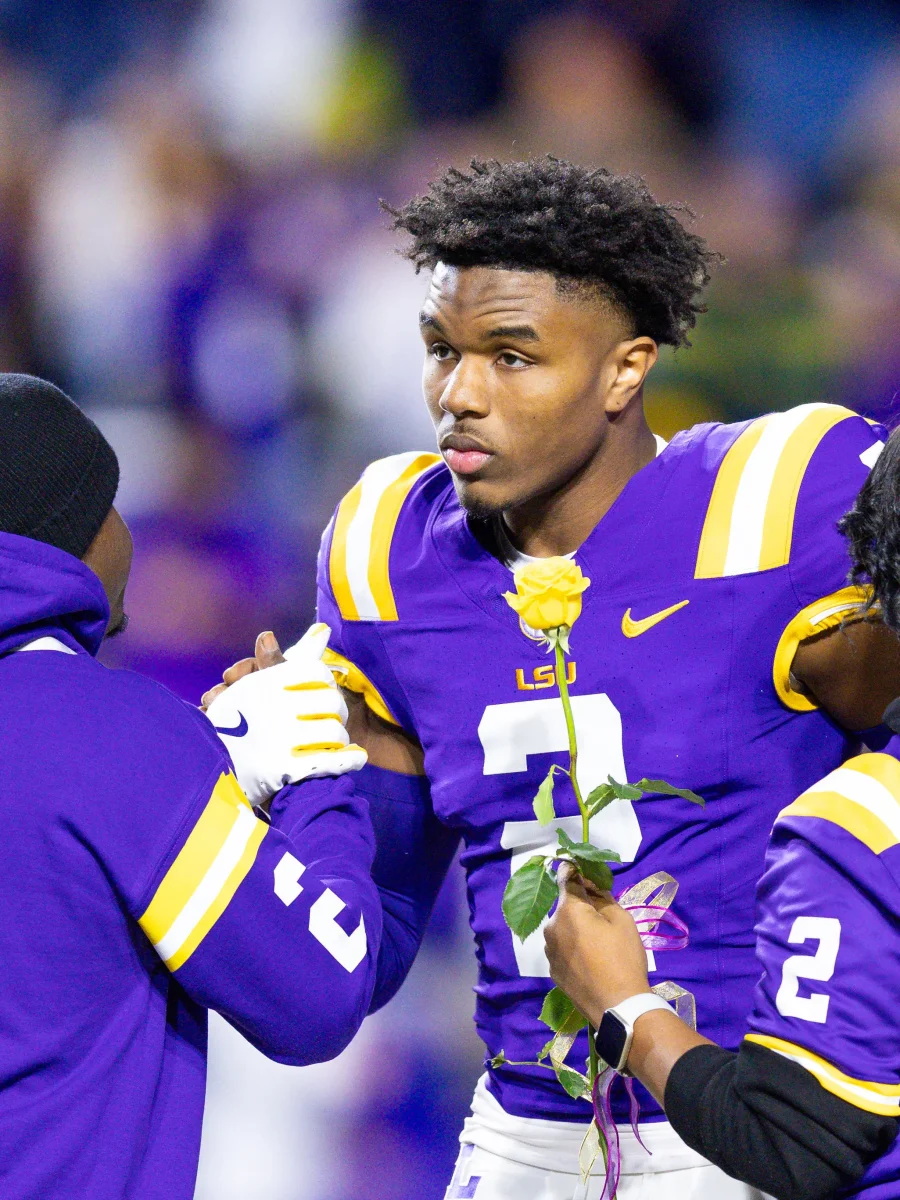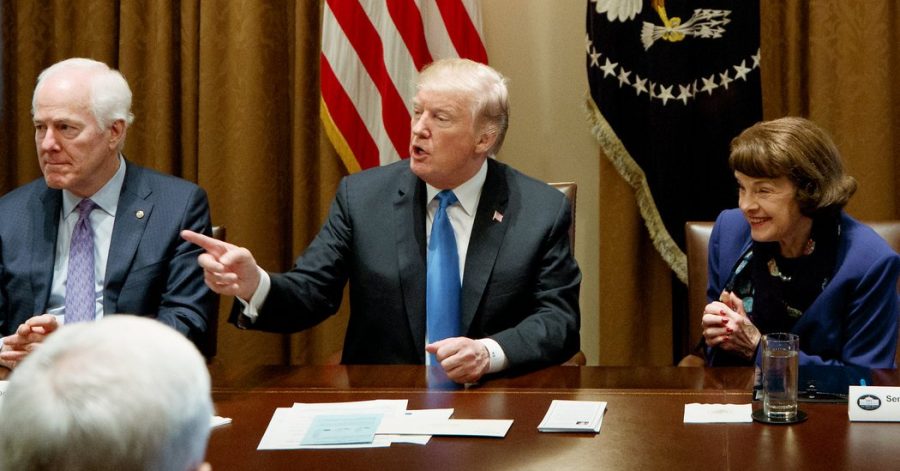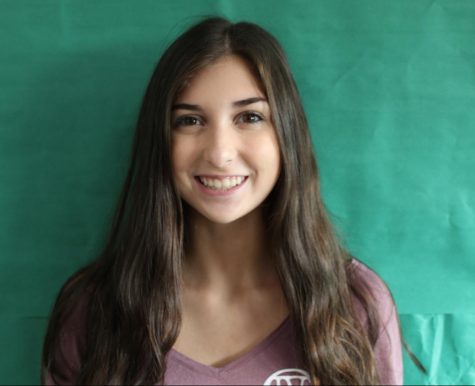DHS campus agrees: arming teachers is not the answer
Trump pitches idea of allowing teachers to voluntarily conceal carry
President Trump on Feb. 28 held a meeting at the White House to discuss potential gun control measures with members of Congress, including Connecticut Sen. Chris Murphy. Trump said a deterrent to school shootings like the one in Parkland would be to arm teachers who volunteer for training.
April 11, 2018
While some states and school districts across the country have embraced the idea of arming educators with handguns, the notion has no currency in Connecticut and here in Danbury.
Gov. Dannel Malloy has called the idea “ludicrous and dangerous.” Superintendent Salvatore Pascarella said educators are not trained to be firearms experts. Sam Buck, who leads the local teachers’ union, described the idea as “crazy.”
The reason that the idea gained attention, however, is that President Trump — following the Parkland, Fla., shooting massacre that left 17 dead in their school — said he believes that arming educators would be successful in deterring gunmen.
On Feb. 24, he tweeted: “Armed Educators (and trusted people who work within a school) love our students and will protect them. Very smart people. Must be firearms adept & have annual training. Should get yearly bonus. Shootings will not happen again – a big & very inexpensive deterrent. Up to States.”
He followed up by saying he would request federal funding to school districts that would cover both the arming of volunteer teachers as well as a training program for them.
Florida has already passed legislation that includes measures to arm teachers and many school systems — including in Texas, Missouri, Utah, and Ohio — have had firearms in schools for years. Educators who have been trained conceal a handgun on their person.
Leaders in Connecticut, which drew national attention in 2013 because of the Sandy Hook massacre, are skeptical as to the legitimacy and effectiveness of the proposal. Malloy has said “sane” federal laws — like what Connecticut passed — are needed to prevent gun violence.
“Since we passed our better gun legislation after Sandy Hook, we had the largest drop in violent crime of any state in the nation by one-third,” he recently said in a CNN interview.
Principal Dan Donovan agrees with Malloy, Pascarella and Buck.
“I’m not for it. Even with the degree that I have in criminal justice, I believe education is different and the mindset needs to stay that way,” Donovan said.
He added that it’s a matter of comfort in schools. He said that neither he nor the students would feel comfortable and relaxed in a classroom in which the teacher may be armed with a loaded handgun.
Christine Riter, a history teacher, agrees with this. “I am not so sure that arming teachers would have the intended effect of making students and staff feel and be safer,” she said. “Rather, it has the real potential to create an environment of distrust between students and teachers.”
Buck, auto shop teacher and president of NEA-Danbury, said firearms and school simply do not mix.
“Teachers are here to teach; there shouldn’t be any carrying of firearms in a nurturing environment where we take care of kids,” Buck said.
Students also agree that they wouldn’t be comfortable with guns in the building.
“I think [arming teachers] would be a really bad idea — guns should not be near any child at all,” said sophomore Boneza Gaburungyi.
It’s mainly an issue of safety for them: Michelle Ann Sterling, junior, said, “For me personally, I do not feel safe with my teacher having a gun in the classroom; if a student pushes a teacher too far I feel like some teachers will use that [the fact that they’re armed] against them.”
Another component of Trump’s proposal — the training — is also in question.
“The proposals I have seen include one eight-hour training for teachers, which I feel would be inadequate to address any potential issues,” Riter said.
Riter added that she is a teacher and only a teacher — a profession that does not entail the use of any weapon more powerful than a red pen and PowerSchool.
Gaburungyi concurs, saying that no one teacher in a classroom can ensure his and his peers’ safety after a short period of training.
“There’s so many teachers around the country that there’s bound to be a mistake, especially since they’re not really trained,” he said.
Pascarella agrees that teachers should not take on the added job of law enforcement. “I question the effectiveness of arming school teachers who spend their professional lives preparing to teach and not building the skills to use a revolver to stop an intruder with an assault weapon,” he said.
Pascarella said districts should pursue safety options other than arming teachers.
“Believe me,” he said, “I worry about these tragedies very much and I believe we should do more to further insulate students from intruders; but, arming teachers, in my view, is not one of them.”
Several teachers and Donovan pointed out that the school has two city police officers stationed inside the school, and another stationed outside in a police cruiser.
“I trust officers (Rob) Morlock and (Shawn) O’Brien in doing their job,” said Donovan of the two resource officers.
Another student — who wished to remain anonymous — says the same.
“If the teacher is licensed I don’t have a problem (with arming them). But, I don’t want everybody armed and you shouldn’t be forced to; we have armed security though, so it’s not necessary here.”
The educators agree the police presence helps everyone feel more safe, which in turn has an impact on how everyone feels in coming to school.
“We already have three armed officers. I feel very safe in this building,” said business teacher Diane Mohs.
Trump has made it clear that it is up to the states to decide whether they should allow this legislation, and even then it’s up to the teachers to volunteer — which is an important concept for Mohs.
“He said it was voluntary,” Mohs said. “Bottom line, nobody would be forced to do anything they don’t want to do.”
Asked if such legislation passed in Connecticut, would they volunteer, Donovan and Mohs said they probably would.
Donovan explained: “I would probably volunteer just so I can have the responsibility on me. I don’t like it, I don’t want to do it; but, I’d want the responsibility on my shoulders as the principal.”
Overall, there’s a mixed impression of what exactly should be done to prevent future gun violence in schools; however, arming teachers at DHS probably isn’t going to be one of them.
“It’s all about the kids and I would do anything to protect the kids,” Donovan said. “But I think and I hope there are other solutions that will do that.”






